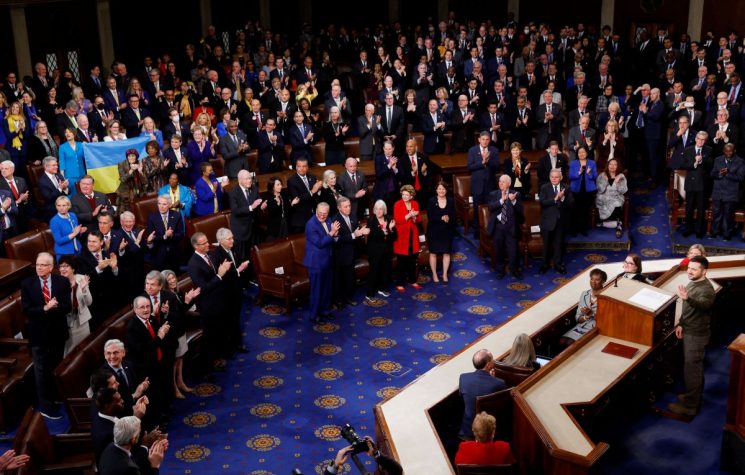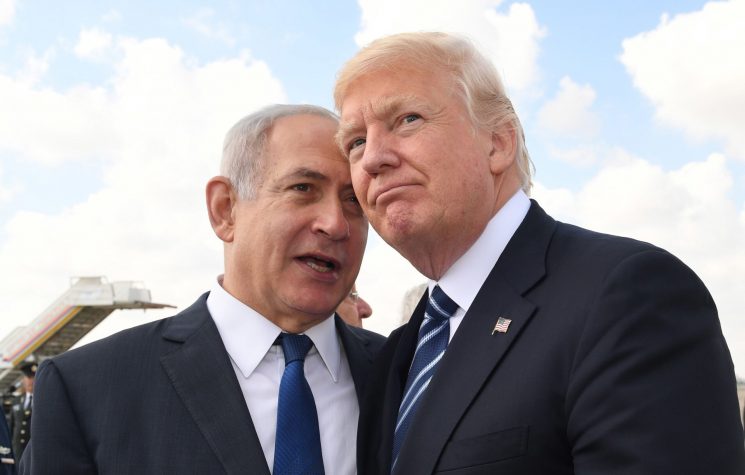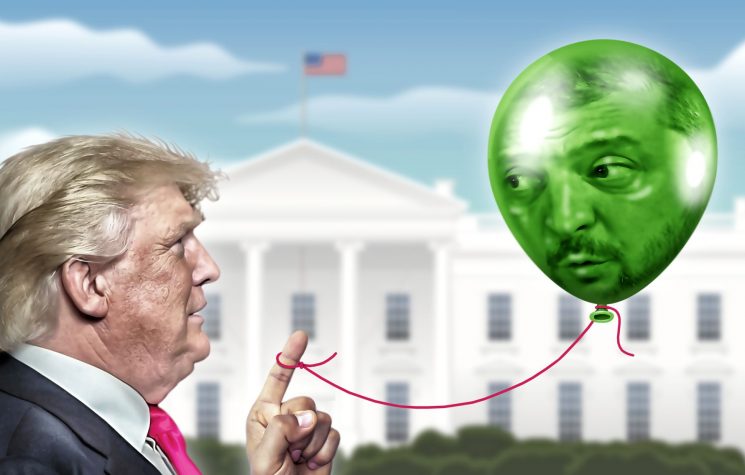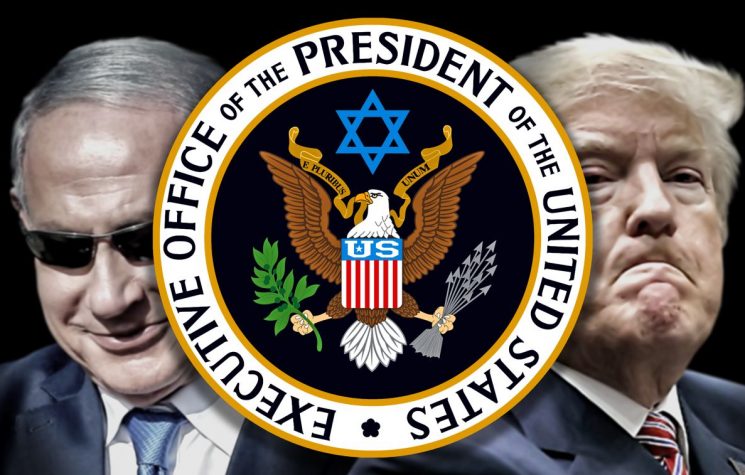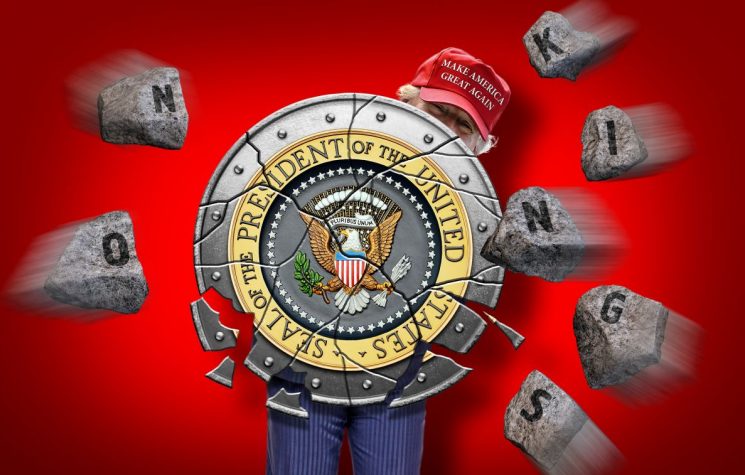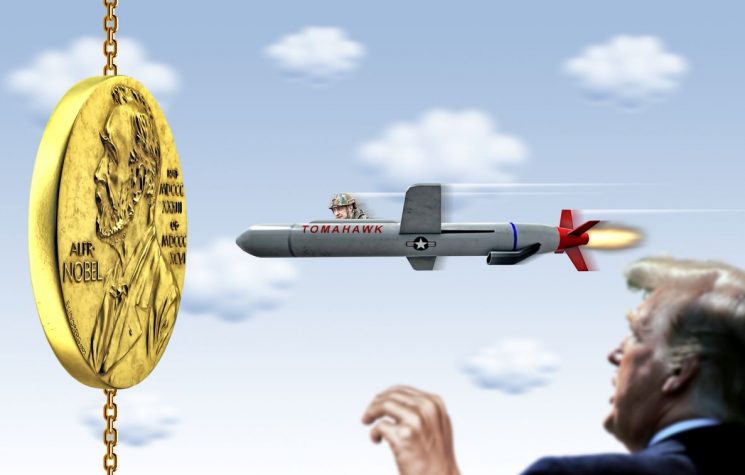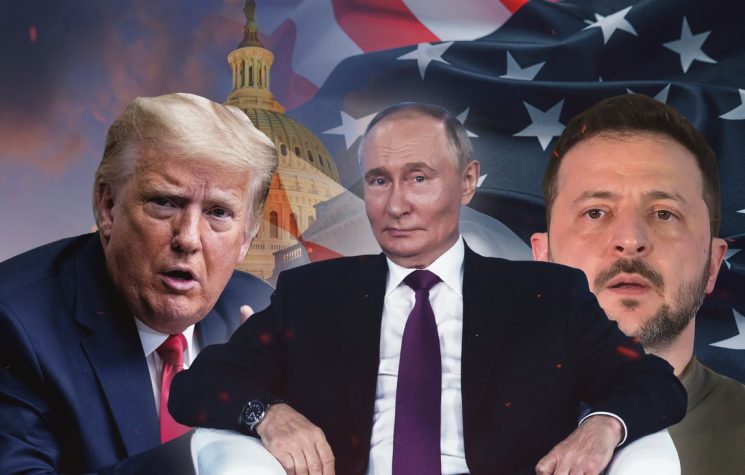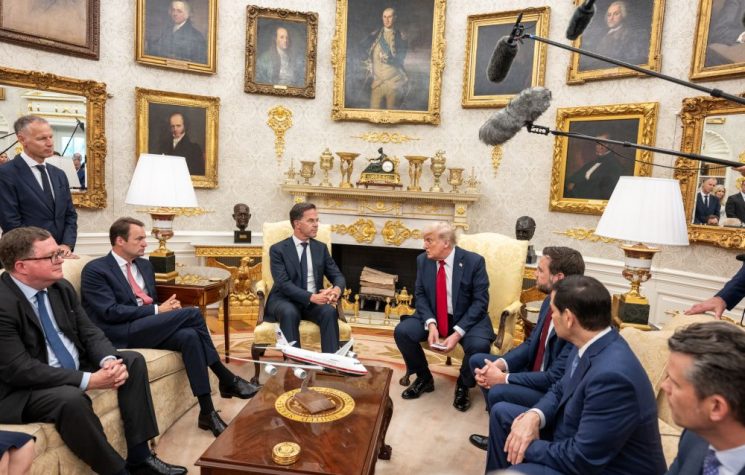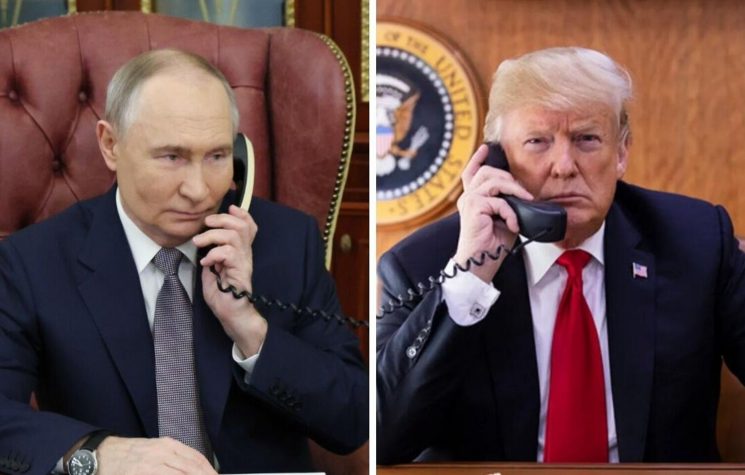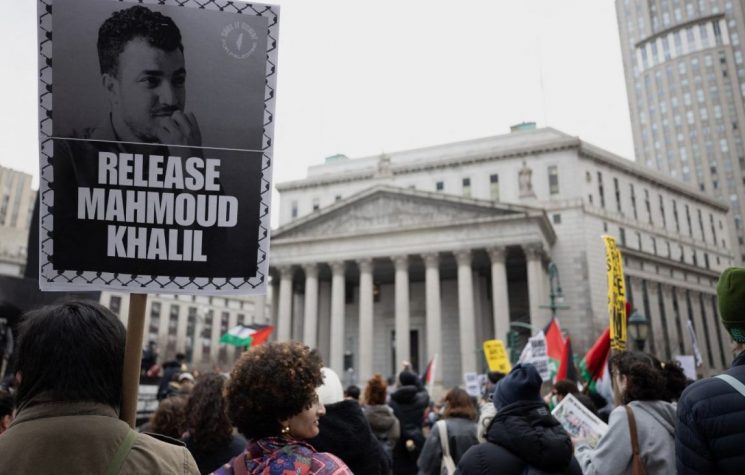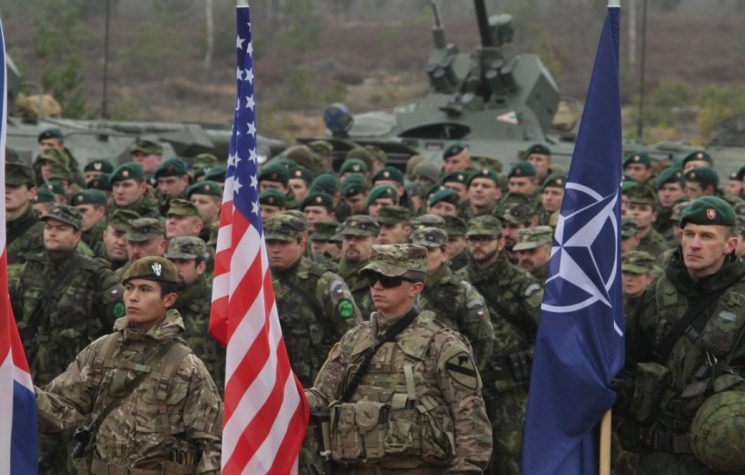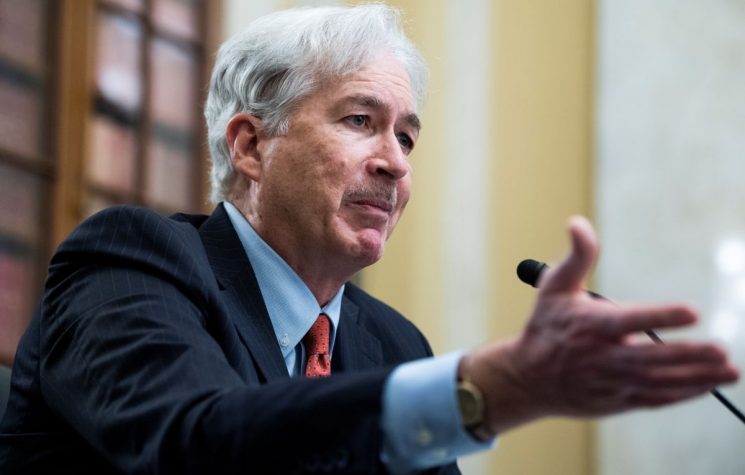Russia is not going to tolerate any further provocations to its national security. The question now is: can the United States power elite change its belligerent behavior?
The “rare” visit to Moscow last week by CIA chief William Burns signaled a remarkable development. The U.S. political establishment seems to have had a wake-up call to hear directly from Russia’s leadership about its concerns for international peace.
On one hand that indicates how badly bilateral relations have deteriorated. On the other, however, a direct line of communication between Moscow and Washington could help clarify points of conflict and avoid escalation.
CIA director William Burns was sent last week to Moscow in a surprise visit. He was reportedly dispatched by President Joe Biden. During his two-day shuttle tour, Burns held separate talks with the head of Russia’s Security Council, Nikolai Patrushev, and with Burns’ counterpart, Sergei Naryshkin, the director of Russia’s foreign intelligence service (SVR). Both men represent the highest level of Russian state security.
In addition, during his stay, the CIA chief also had a phone call with Russian President Vladimir Putin. Such a call is thought to be extremely unusual. The normal protocol is for Putin to delegate Kremlin aides to conduct discussions with foreign dignitaries.
But Burns is no ordinary foreign dignitary. The 65-year-old is a seasoned diplomat having previously served as U.S. ambassador to Russia (2005-2008). His long career in the State Department combined with his latest posting as director of the Central Intelligence Agency make Burns the embodiment of Washington’s foreign policy establishment – the so-called Deep State.
Thus his visit to Moscow can be seen as a moment when the leadership of the two nuclear-armed states engaged in direct and robust talks. More so than when President Biden met Putin in Geneva earlier in June for only a few hours and a lot of accompanying media hype. Note, too, how, Biden sent Burns as his representative for this serious occasion, not Secretary of State Antony Blinken nor national security advisor Jake Sullivan.
U.S. media reports of Burns’ Moscow mission were no doubt pitched as a distraction from the real agenda. It was reported that Burns issued warnings about Russian military build-up on the border with Ukraine. The Kremlin dismissed those claims and the purported satellite images of military movements as groundless fabrications. Even the Ukrainian defense ministry – normally all too alarmist about imminent Russian “invasion” – said there was no Russian build-up as claimed by the U.S. media reports.
More plausibly, the Kremlin said the high-level conversations with Burns were about “bilateral relations” and “regional conflicts” without giving further details on the discussions. That suggests the Russian side was telling the United States in no uncertain terms of its vital national security concerns and, just as importantly, how it would respond kinetically if red lines were violated.
Only a few weeks ago, the U.S. Secretary of Defense Lloyd Austin visited Ukraine during which the Pentagon chief reiterated the possibility of future membership of the NATO alliance. The Kremlin has repeatedly warned that such a development would be a red line provoking a response. Austin’s insistence on Ukraine’s NATO membership must have rankled deeply in Moscow. How could these Americans be so crass?
Moscow has also recently highlighted the build-up of American and NATO forces in the Black Sea as being another red line. It seems no coincidence that President Putin announced that over the next few months Russian warships will be armed with new hypersonic missiles.
There are other important contextual factors. Last month, the Biden administration sent senior diplomat Victoria Nuland to Moscow for a three-day visit. Nuland embodies U.S. regime-change policy, most memorably for her role in orchestrating the 2014 coup d’état in Kiev. She was greeted in Moscow by deputy Foreign Minister Sergei Ryabkov. It was reported that the U.S. side was tone-deaf to Russia’s concerns about Ukraine, as well as NATO’s increasing offensiveness on Russia’s borders and the growing tensions in the bilateral relationship.
Then Moscow announced it was cutting off diplomatic channels with the NATO alliance. The move was prompted by the expulsion of Russian diplomats from Brussels who were alleged without substantiation to be working as spies. That move was seen by Moscow as the last straw in a series of provocations by NATO. The diplomatic channels had become redundant long before largely due to reluctance by NATO to engage in a mutual dialogue.
In any case, Moscow was letting it be known that it had had enough of dealing with ciphers and anti-Russia cacophony. By walking away from NATO, the Kremlin was telegramming that the United States better start taking its red lines seriously.
State Department deputies – even of the hawkish Nuland variety – are not sufficient for the serious purpose of grave communications. Neither are nominally senior diplomats like Blinken or apparatchiks like Sullivan who, for all their apparent seniority, operate on scripted talking points like message boys. Secretary of Defense Austin – the titular head of the Pentagon – also revealed himself as nothing more than a script-monger during his robotic tour of Ukraine and Georgia. Such people are not worth dealing with in terms of getting to the heart of conflict.
Sometimes the most effective way to make a point is to reduce communications to a bare minimum. And in that way, declutter the noise and echo by stripping out the channels that don’t have any real consequence.
Russia has made it clear that the U.S. and NATO are pushing a potential confrontation over Ukraine, the Black Sea, the Balkans and the wider region. Having done that, and having expressed red lines, it seems the U.S. Deep State decided it better start paying attention to what Russia was saying.
The urgent visit to Moscow by William Burns was the occasion for some serious talking about how to prevent tensions spiraling further into war. The U.S. Deep State got the message directly. Russia is not going to tolerate any further provocations to its national security. The question now is: can the United States power elite change its belligerent behavior?










